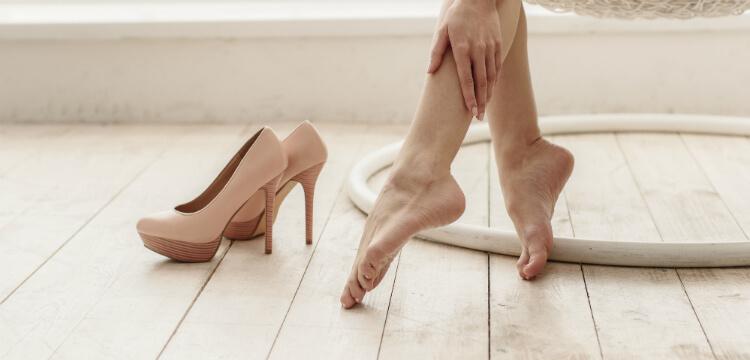
Deep vein thrombosis can occur without any symptoms, which unfortunately increases the chance of the clot getting into the lungs and causing an embolism. It is important to remember that the treatment of thrombosis requires a specialist, so home remedies are not recommended. In this article, we have included pictures of deep vein thrombosis and pictures of thrombosed legs so that you can tell when you have a serious problem.
Some symptoms may also indicate a thrombosis, so you should seek medical advice as soon as possible.
Symptoms of thrombosis occur first in the legs. Now you can find out which symptoms should not be ignored. Signs of thrombosis in the leg:
The first is swelling of the feet. This is one of the most common complaints of deep vein thrombosis. Clots block the blood flow, which can cause congestion and oedema. The leg swells very strongly and you can clearly see the difference between the two limbs. We can also show you pictures of leg swelling.
Thrombosis on foot illustrated with pictures:
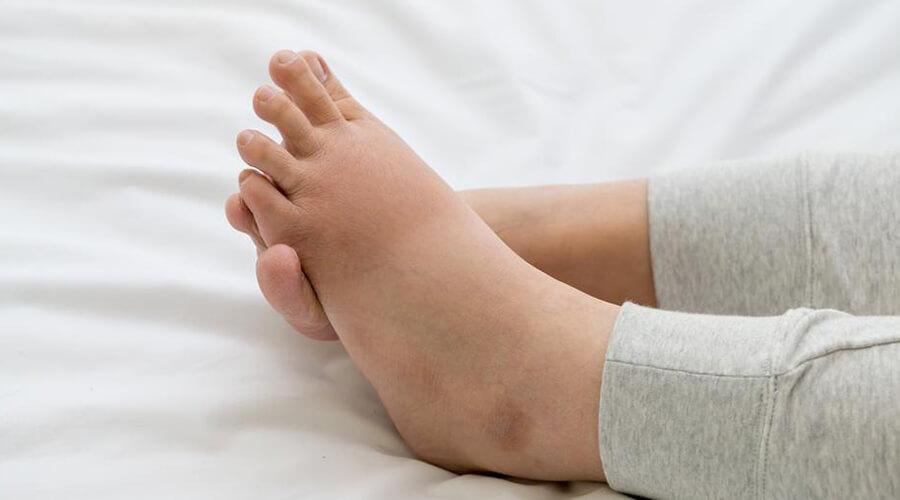
Symptoms of thrombosis in the leg

Deep vein thrombosis foot pictures
During a thrombosis, there may be a sharp pain in the limbs, but it may also be just a muscle fever-like pain. It can also be easily confused with other problems such as varicose vein pain, muscle fever or joint pain. So if you feel unexplained pain in your legs, it’s worth seeing a doctor to be on the safe side. Unfortunately, in the case of thrombosis, the uncomfortable pain only increases with movement.
In the case of a thrombosis, movement is forbidden because, unfortunately, the blood clot can break off and this is very unpleasant and dangerous. Treatment of leg thrombosis is carried out by a specialist. Deep vein thrombosis should also only be treated by a doctor. So, the treatment of thrombosed foot is always a medical procedure and so treating thrombosis at home is not recommended. Above are pictures of a thrombosed leg.

As the clot blocks the blood flow, discolouration can develop on the limb without bruising, these are signs of superficial thrombosis. This should not be confused with a blue-green spot from an injury, as it affects a much larger area.
Unfortunately, it is also possible that the clot from the deep vein thrombosis has already broken off and a pulmonary embolism has developed, with signs of severe chest pain, coughing and even spitting up blood. It is also similar to a heart attack. A sharp and stabbing pain develops, especially when breathing deeply. An ambulance should be called immediately.
First signs of deep vein thrombosis
The signs of deep vein thrombosis can vary. In some cases, some symptoms may not even appear.
Leg pain and swelling: deep vein thrombosis most often affects the lower limbs, and leg pain and swelling are one of the most common symptoms.
Redness and warmth: The skin of the affected area may be red and warm.
Leg flexor muscle strain: A blood clot in the deep veins can cause the leg flexor muscles to strain.
Prominence of veins: painful veins may be prominent and visible under the skin.
Variable degree of leg swelling: leg swelling can be unilateral and usually occurs in the affected area of the leg.
Pain when walking or standing: pain from deep vein thrombosis typically increases when walking or after standing for a long period of time.
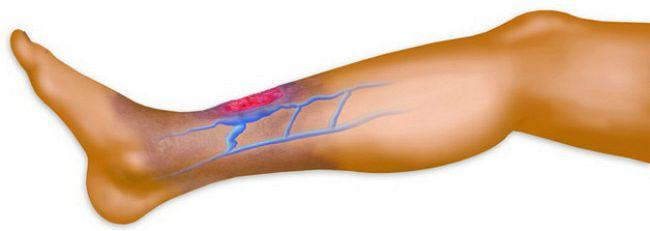
Symptoms of thrombosis with pictures
In addition to chest pain, you may also feel short of breath and have a rapid pulse, as the clot prevents blood flow and therefore oxygen starvation.
In many cases, the onset and progression of the thrombosis may be “silent”. Unfortunately, once a thrombosis has occurred, it is very likely to occur again, so it is important to monitor it.
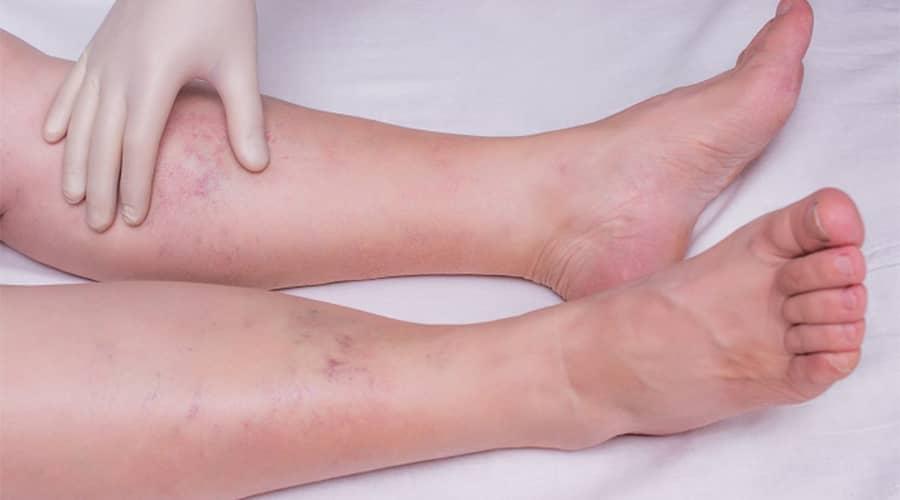
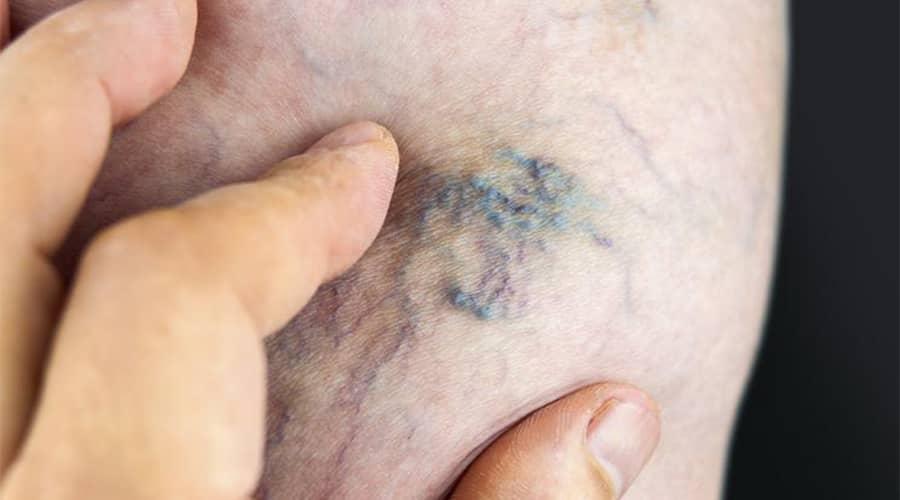
surface thrombosis illustrated with pictures
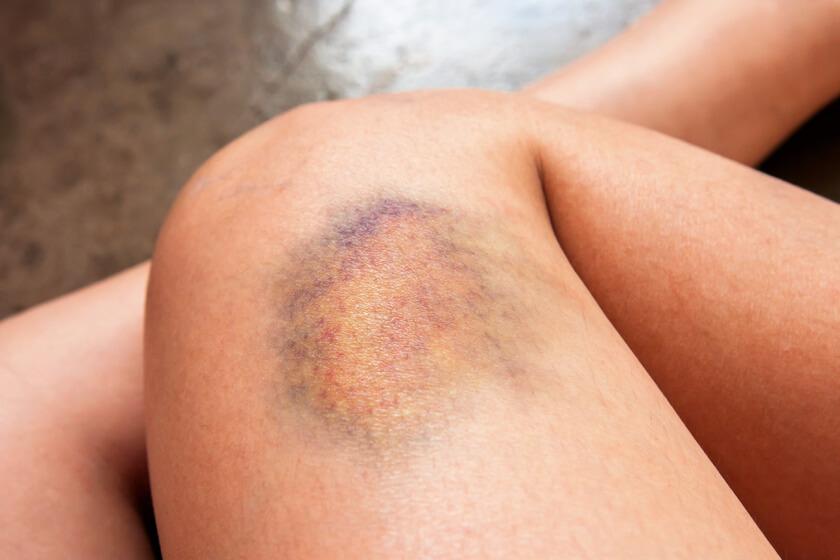
Thrombosis foot pictures
It is a well-known and accepted fact in the field of medicine that creams have been used for centuries as a form of medicine. Their action is based on the fact that our skin – our largest organ – is a lively metaboliser, secreting and absorbing substances. This enables it to absorb the active ingredients in creams and deliver them to the subcutaneous layers. The biggest advantage of a topical, massage-in cream treatment is that the active herbal ingredients in the cream are fully absorbed and act where they are needed. The best choice for herbal balms are those with high active ingredients.
One such product is HillVital VARIKOFLEX Balm. It is quickly absorbed and has a herbal effect. It contains a total of 14 special herbs. Among its special ingredients are black confrey, grape seed and horse chestnut. Free and fast delivery and 30 days money back guarantee.
Georgina
“Symptoms of varicose vein problems are significantly reduced. Leg swelling has improved a lot, improves lymph circulation. The redness of the skin on the feet has almost disappeared. Pleasant, cooling effect. Must be used at least 2x a day to be really effective.”
